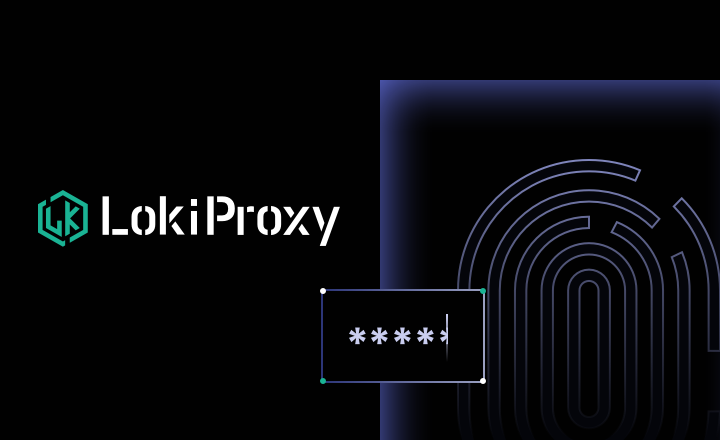
<p>In the fields of data privacy and online marketing, the difference between <em>fingerprint browsers</em> and <em>traditional browsers</em> has become a major topic among tech enthusiasts and data professionals. Especially when it comes to <a href="https://www.lokiproxy.com/" rel="noopener noreferrer" target="_blank">Proxies</a>, their performance in anti-tracking and multi-account management varies significantly. This article will analyze their differences in proxy usage from multiple perspectives.</p><p><br></p><h3><strong>1. Identity Isolation Capabilities</strong></h3><p>Traditional browsers are designed for general use, where cookies, cache, and fingerprint data are often shared. This makes it easy for websites to recognize multiple accounts as belonging to the same user. Fingerprint browsers, however, use virtualization technology to create unique environments for each account, customizing factors like OS, language, time zone, and screen resolution. This results in stronger anonymity and more stable performance.</p><p><br></p><h3><strong>2. Flexibility in Proxy Configuration</strong></h3><p>In traditional browsers, proxy settings are typically handled through the system or extensions, which limits flexibility. Fingerprint browsers allow individual proxy settings for each virtual environment, supporting HTTP, SOCKS5, and Residential Proxy types. This lets users configure region-specific proxies for different platforms or tasks, enabling true multi-threaded operation and traffic segmentation.</p><p><br></p><h3><strong>3. Anti-Block and Risk Control Resistance</strong></h3><p>For cross-border e-commerce, ad verification, or data scraping, websites use device fingerprints, IP origins, and browsing behavior for risk assessment. Since traditional browsers have static fingerprints, they are easily identified. Fingerprint browsers can randomize or customize fingerprint parameters and, when combined with high-quality proxies, effectively simulate real user behavior — significantly reducing account bans or verification triggers.</p><p><br></p><h3><strong>4. Efficiency and Security</strong></h3><p>Fingerprint browsers not only support multiple independent browsing environments but also enable cloud synchronization and team sharing of account settings. In contrast, traditional browsers consume more system resources in multitasking and lack centralized management features. Moreover, fingerprint browsers ensure encrypted data transmission during proxy switching, protecting sensitive operations.</p><p><br></p><h3><strong>Conclusion</strong></h3><p>Whether it’s for market analysis, social media marketing, or region-specific data collection, fingerprint browsers outperform traditional browsers in both flexibility and security when using proxies. Choosing the right tools and proxy setup boosts efficiency and minimizes risk. Understanding the technical differences in proxy and identity isolation is the key to smarter, safer online operations — all powered by a reliable <a href="https://www.lokiproxy.com/" rel="noopener noreferrer" target="_blank">proxy server</a>.</p>
